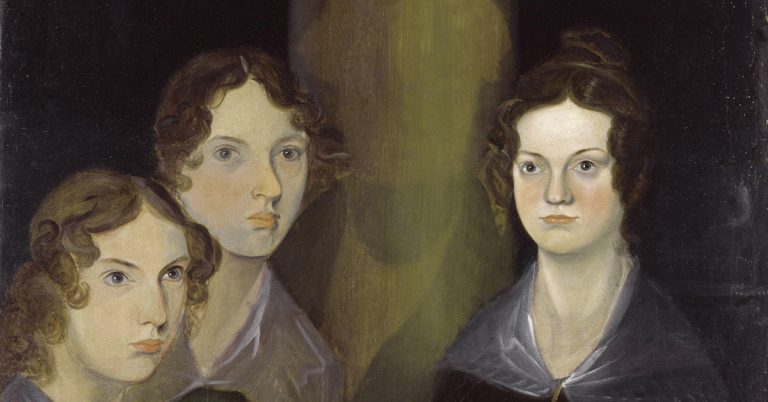
By Maciej Kurzynski

Maciej Kurzysnki is the co-author of ‘The Game of Keys and Queries: Parallelism and Cognitive Geometry in Chinese Regulated Verse‘ in issue 19.2 of the International Journal of Humanities and Arts Computing.
For over half a century, discussions of what makes poetry poetic have often turned to Roman Jakobson. He defined the ‘poetic function’ of language as the projection of ‘the principle of equivalence from the axis of selection to the axis of combination.’ Simply put, words with different meanings are made equivalent by their shared position in a metrical foot, by rhyme, or by taking the same amount of time to pronounce. The poetic function, in this view, organizes the temporal dimension of the message.
Focusing solely on time may not capture the full picture. An emerging perspective suggests that the poetic function expresses itself through spatial relationships, that is, not on the audible surface of language but within what the cognitive scientist Peter Gärdenfors calls the ‘geometry of meaning.’ In our recent article, ‘The Game of Keys and Queries: Parallelism and Cognitive Geometry in Chinese Regulated Verse,’ we explore this idea. By combining computational analysis with cognitive theory, we propose a complementary spatial interpretation, building upon Jakobson’s foundational, yet primarily temporal, framework.
Conceptual Spaces and Poetic Bridging
According to Gärdenfors, humans make sense of the world by partitioning it into distinct, convex regions through a process know as Voronoi tessellation. We speak, for instance, about discrete colors (‘red’, ‘blue,’ ‘green’) rather than an undifferentiated continuum of color. Similarly, a young child learns to distinguish ‘cat’ from ‘dog’ by partitioning their semantic space into increasingly specific regions.
If the quotidian function of language as a tool of communication is to discretize experience, the poetic function may act as a countervailing force that temporarily unites such disparate subspaces of meaning by revealing the latent semantic dimensions that connect them. To investigate this phenomenon, we focused on one of the most structured and explicit of these manifestations recognized by the Formalists: parallelism. The rigorous conventions of classical Chinese regulated verse, a four-couplet form in which the central two couplets are traditionally required to be parallel, provided an ideal test case.
The Cognitive Geometry of Parallelism
We trained a BERT-based classifier on a large corpus of classical Chinese regulated verse to automatically detect parallelism in poetic lines. The model’s ‘attention mechanism,’ which is crucial for aggregating contextual information from the input sequences, can be conceptualized as a dialogue within a poetic couplet, where words generate ‘queries’ (questions) and ‘keys’ (answers). We found that in parallel couplets, the ‘key’ vectors of corresponding characters exhibit a notable geometric alignment, pointing in the same direction. This alignment is absent in non-parallel couplets.
Consider this couplet from the Tang poet Wang Wei 王維 (699-761):
明月松間照,清泉石上流。
The bright moon shines between the pines;
A clear spring flows over the stones.
A Jakobsonian reading would locate the parallelism in the symbolic and prosodic alignment of corresponding words. Our analysis points to infratextual symmetries. When the model processes the couplet, the ‘answer’ representations for ‘moon’ (月) and for ‘spring’ (泉) are oriented in a parallel fashion, as are the vectors for the adjectives ‘bright’ (明) and ‘clear’ (清). This isomorphism is not a pre-existing condition of the words themselves but is contextually constructed by the AI model as it navigates the specific constraints of the couplet to ask ‘questions’ that elicit similar ‘answers’ from semantically distinct words. Insofar as artificial language models warrant comparisons with natural cognition, this suggests that humans, too, discover poetry not just through temporal features but by navigating such deeper conceptual geometries.
A Dual-Axis Poetic Function
Our findings point to a more comprehensive understanding of the poetic function. On the temporal axis, it organizes the linear, sequential flow of language to create equivalences through rhythm, meter and sound. On the spatial axis, it leverages the underlying geometric relationships between concepts to create equivalences in a culturally defined semantic space. From this double perspective, the poetic act emerges as a creative exploration, unfolding in measured time, of the latent dimensions that give meaning its shape.

About the author

Maciej Kurzynski is an Assistant Professor at the Department of Chinese, Lingnan University, Hong Kong. He holds a Ph.D. in modern Chinese literature and culture from Stanford University and had previously studied at the University of Warsaw (B.A.) and Zhejiang University (M.A.). In research and teaching, he draws inspiration from affective neuroscience and machine learning to experiment with texts and expand the traditional boundaries of literary studies.





